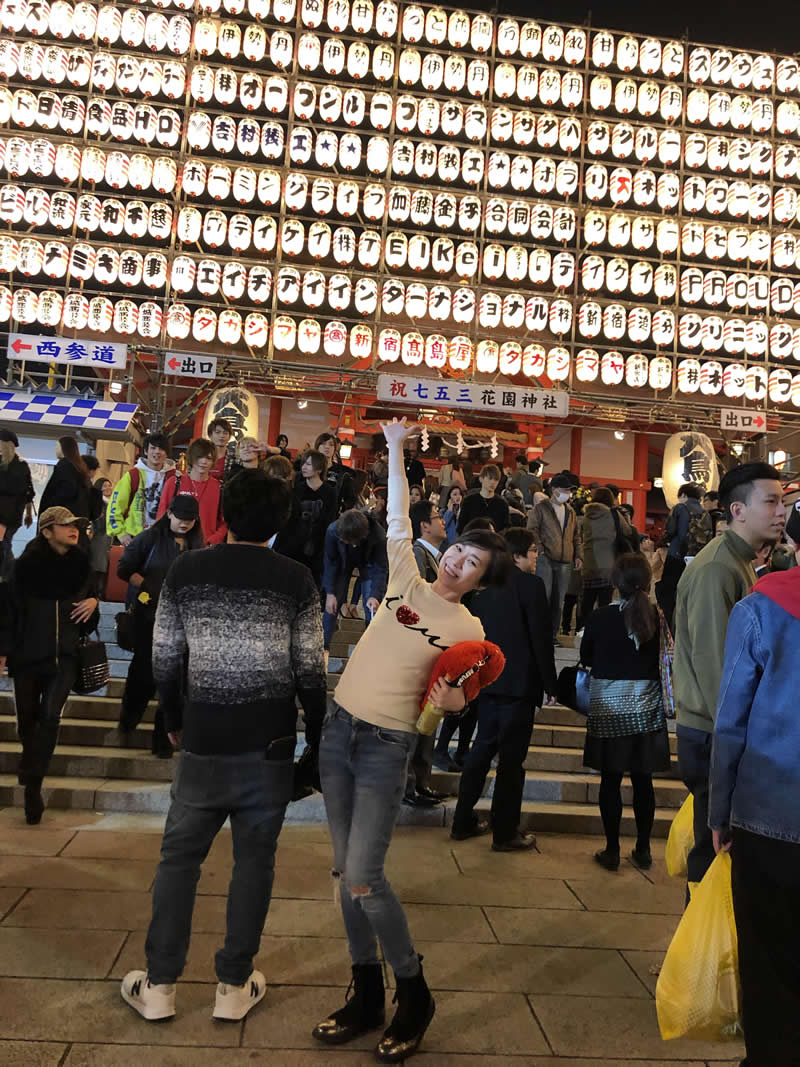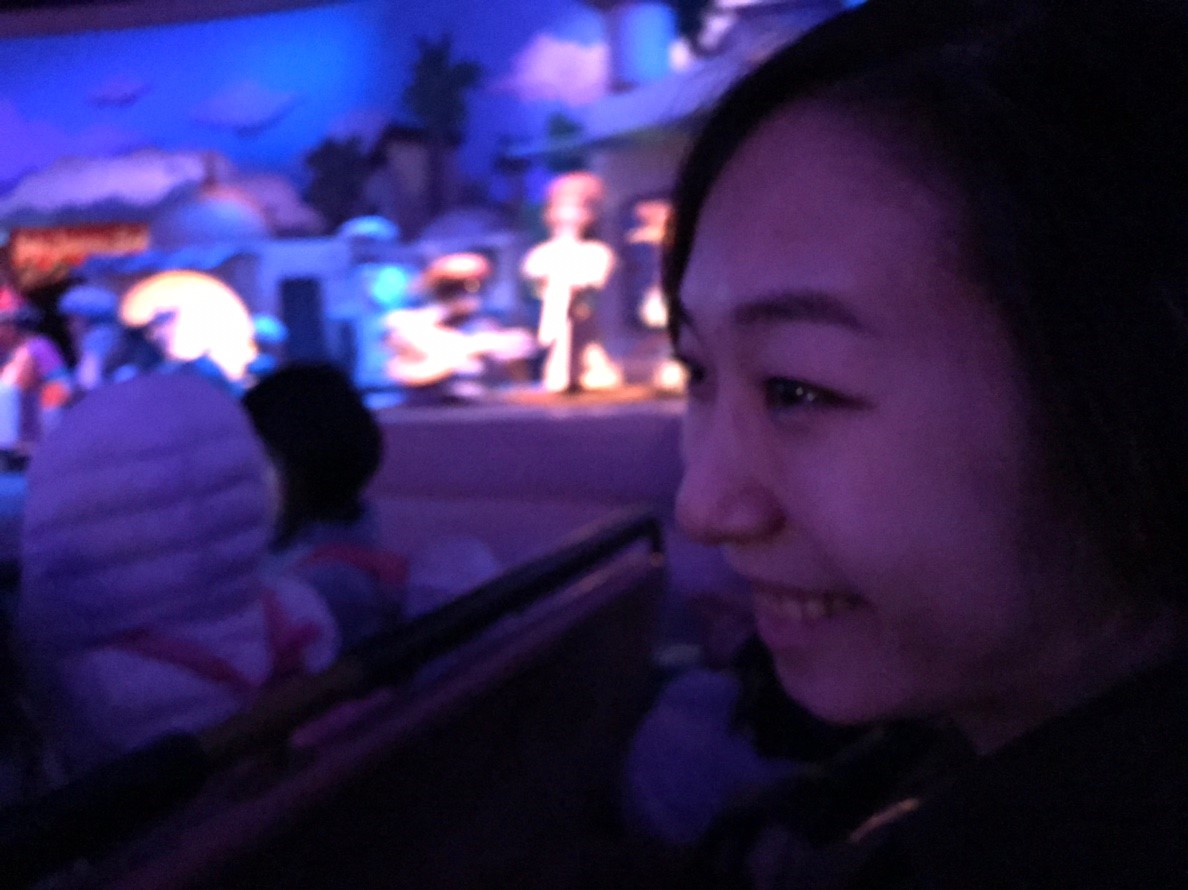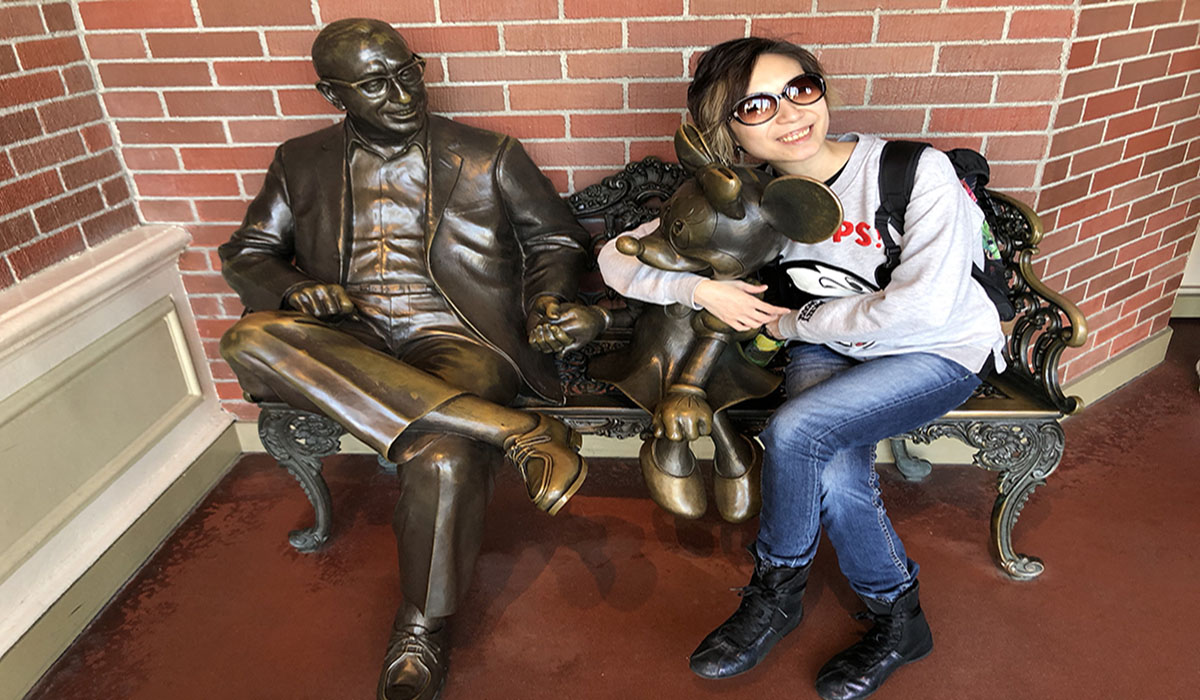Aya’s life has taken many twists and turns so far: Born and raised in Tokyo, she completed her college education in Pittsburgh PA, U.S.A., and studied Spanish in Barcelona.
Once a web and graphic designer, she now freelances as a columnist writing about feminism and LGBTQ related issues. In her free time, she offers exclusive personalized tours of Japan’s biggest LGBT district,Shinjuku’s Ni-Chome.
“I’ve been personally visiting ni-chome for over ten years now,” says Aya, who personally identifies as bi-sexual, “I never imagined that all those years would turn into the experience that I am able to give foreign visitors when they join my tour today.”

As a web and graphic designer, Aya’s former work often went unnoticed. Aside from the communication that took place as her clients expressed her needs, she very rarely got to experience the satisfaction of seeing her clients enjoy a finished product.
“With my tours, I get to watch my guests experience the magic of Shinjuku Ni-Chome, and by the looks on their faces, I can clearly tell if I’m doing a good job and helping them have a good time,” she smiles. “I definitely feel like this is more gratifying work.”
It was when Aya’s close friend started working for a travel company that specialized in organizing experiences for non-Japanese visitors, that Aya noticed there was a gap in the market for LGBTQ oriented tours in Japan.
“Even though the travel company has guides and interpreters for the trips, they’re usually much
older and don’t have their fingers on the pulse of current trends and shifting cultural traditions. I
shadowed an interpreter for one tour and realized I had so much more to offer LGBTQ tourists, as
someone who is young and well-integrated with the LGBTQ culture.”
However, for larger tour companies and agencies, a proper license is required in order to become
a tour guide. Aya is currently working on getting her official interpreter and translation license to better address this market gap.
In the mean time, she offers personalized tours through ni-chome here on TripJunction. Although she calls it an “introduction” tour, repeat visitors are also welcome to join and get a glimpse of the area through the eyes of a regular.
“My guests and I will sometimes have dinner and discuss where we would like to go for the night.
I like to get a feel for what my guests are looking for, so we can decide the itinerary together.”
Aya notes that although dinner is an option, many guests will choose to skip dinner and dive straight into the nightlife instead.
Within the 3.5 hour tour, Aya says it’s possible to visit three or four venues in one night.
“Friday and Saturday can be very busy for the most popular bars, and it can be hard to get in, so I think having a guide who knows what else is available in the area can be very useful.”
“I have been visiting ni-chome for years, so I know many of the regular faces in the area.
Whenever I do my tours, I run into people I know—and they usually welcome me and my guests with open arms. Many of the bartenders in the area can’t speak English very well, but they love to talk and ask questions to my guests. I often act as the go-between and help facilitate conversations.

Although larger, more popular bars and clubs may be better equipped to handle non-Japanese guests, for the smaller, more local “micro-bars”, it can sometimes be difficult to walk in without a Japanese guide.
“Japanese bars feel a little more exclusive than foreign ones, to be honest.” Aya admits. “Some are men-only, some are female-only, some only allow the opposite sex on certain days, or between certain hours.”
“Some still aren’t equipped to handle non-Japanese speaking customers, and will outright reject them because they won’t know how to explain the rules to them, or take their orders. It can be a little complicated and intimidating entering a smaller micro-bar for the first time as a non-
Japanese, but on my tours I can introduce my guests to a few smaller places and help aid communication once we are inside.”
When asked about how Aya plans to evolve her tours in the future, she has one issue she’d like to address:
“Sometimes guests want to see a drag show, but usually they don’t start until 10:30-11:30pm.
They can run pretty late, and guests will often have to sacrifice catching the last train home in order to see them. In this case, I think it would be better to stay out all night.”
So far, the response to Aya’s tours has been positive — with guests coming from America, Europe, and Australia, she’s even had inquiries from China.
“What’s surprising to me, is how easily non-Japanese travelers are willing to show up alone.” She recalls. “Japanese travelers will usually stick together throughout their entire travel itinerary, but it’s common to get visitors who are leaving their travel partner behind for a night on the town. I think that’s really brave.”
She recalls one female guest who had left her husband at home, and wanted to visit some lesbian bars. Another guest, she recalls, didn’t identify as LGBTQ themselves, but had often frequented gay bars back in their own home, and wanted to explore the scene in Japan.
“Ultimately, I hope that all visitors to Japan take the time to explore the tiny subcultures and local hidden treasures in each district they visit. Even within the giant metropolis of Tokyo, each neighborhood can change depending on the time of day. There are so many great food tours that
you can join which will help you get your foot in the door to many local hidden treasures as well!” Aya concludes.
Indeed, fortune favors the bold.
